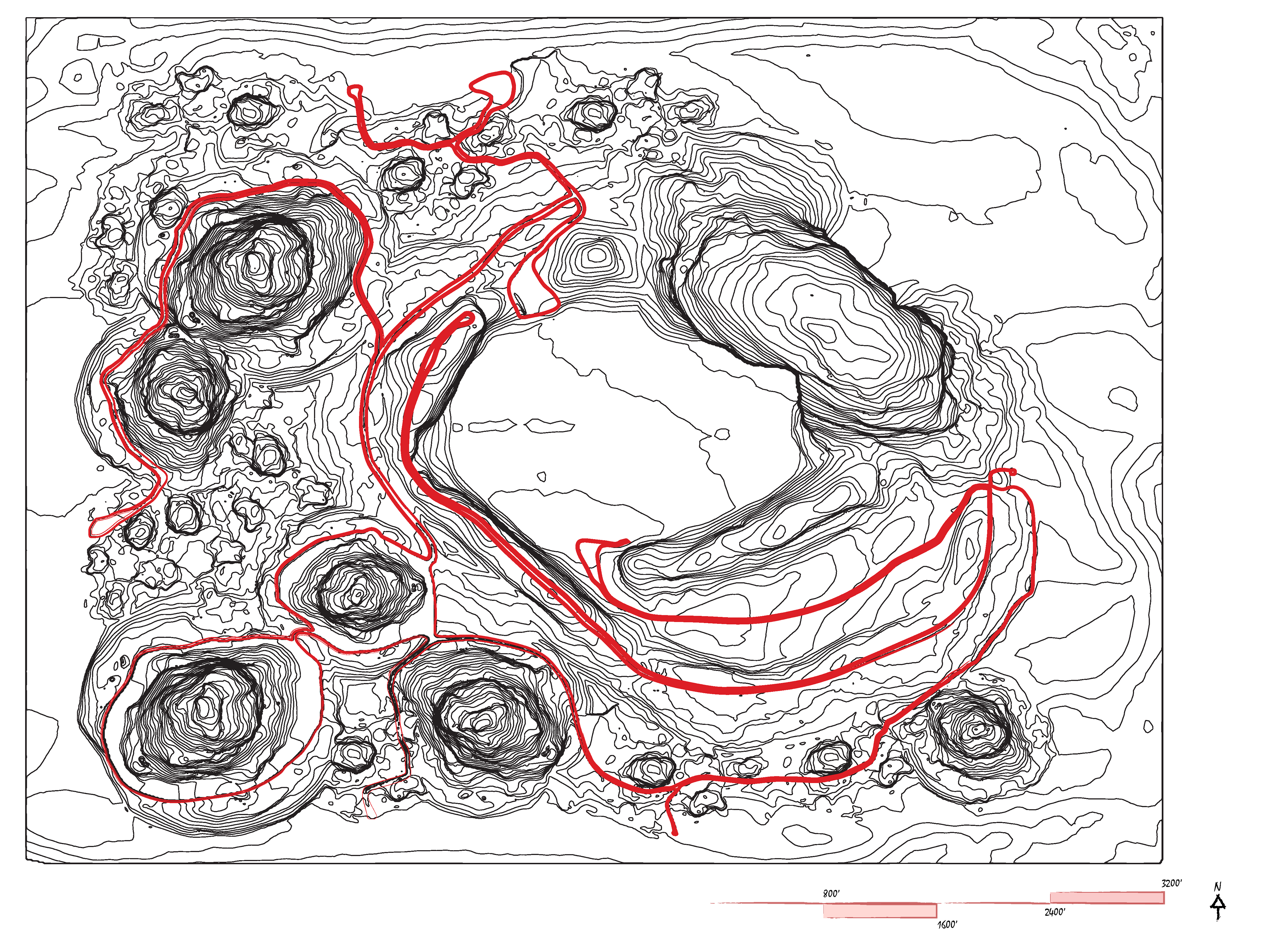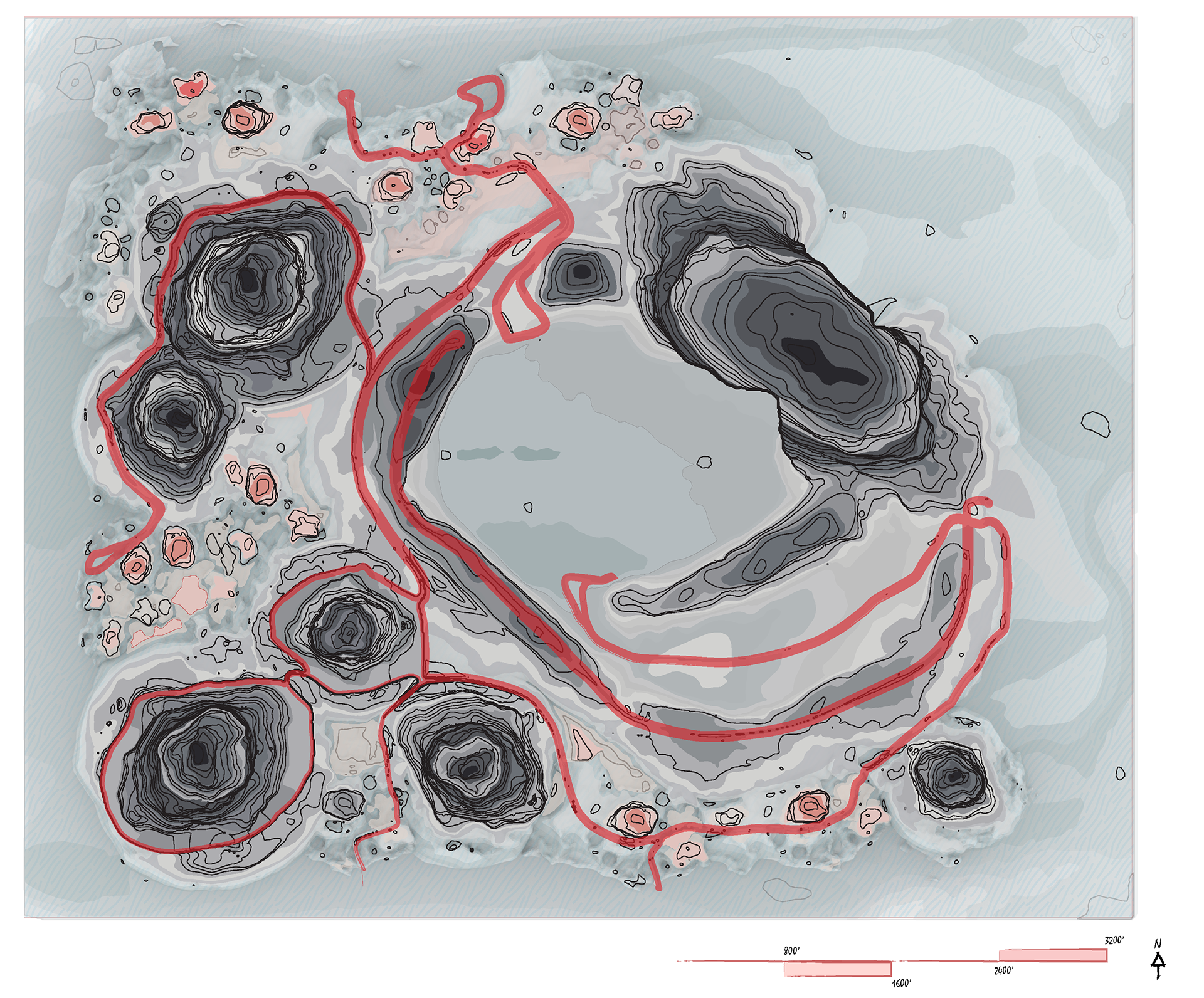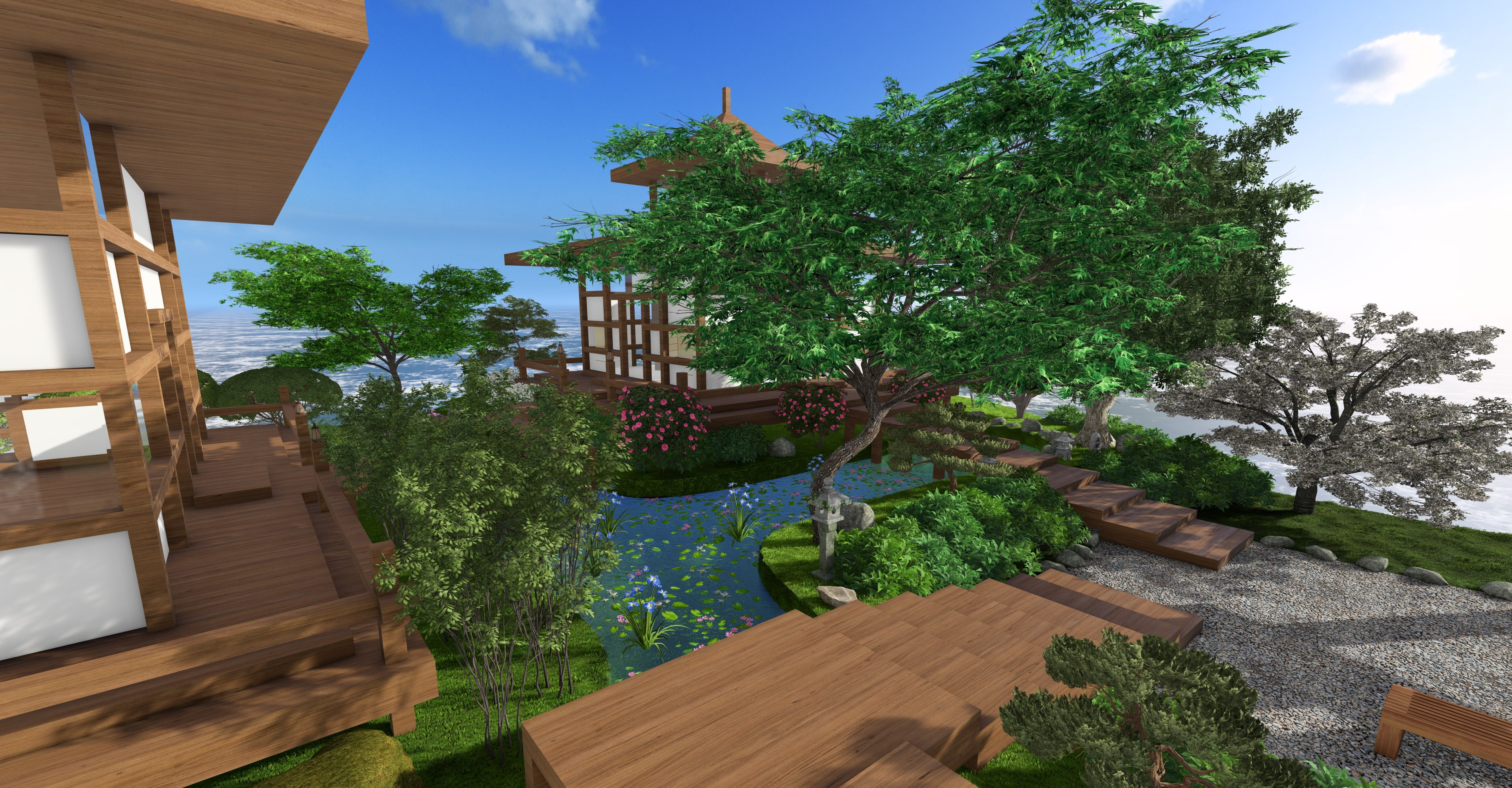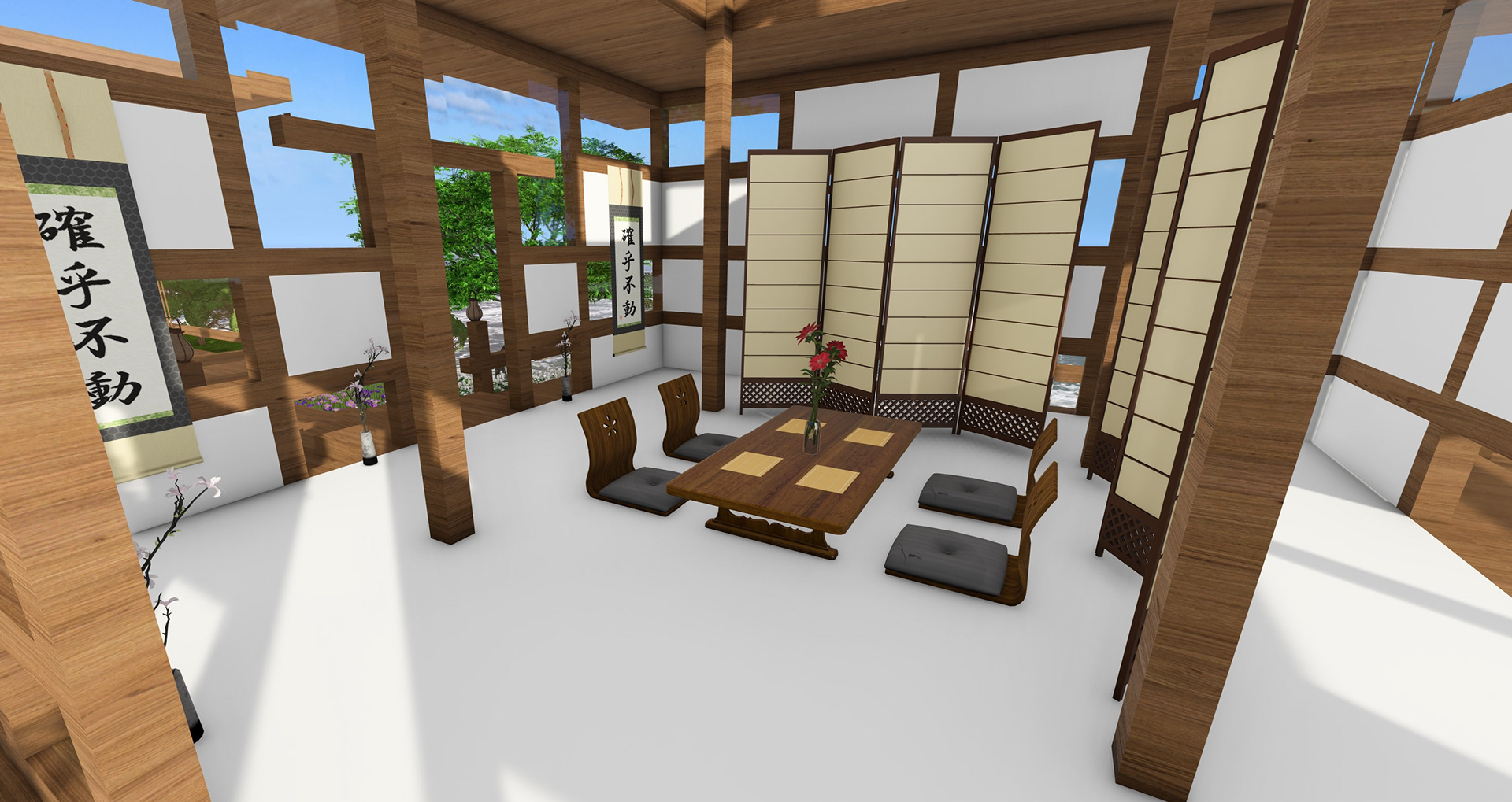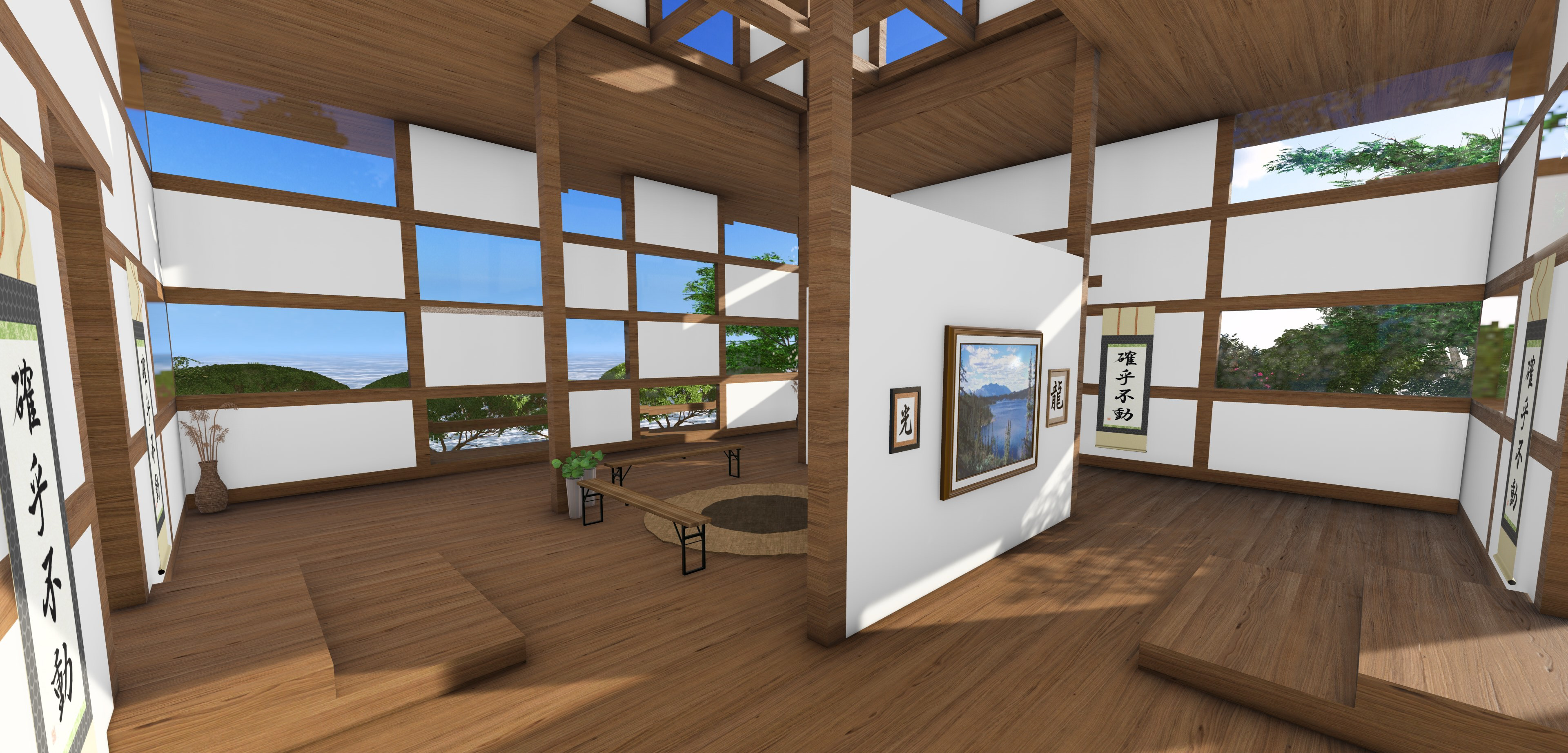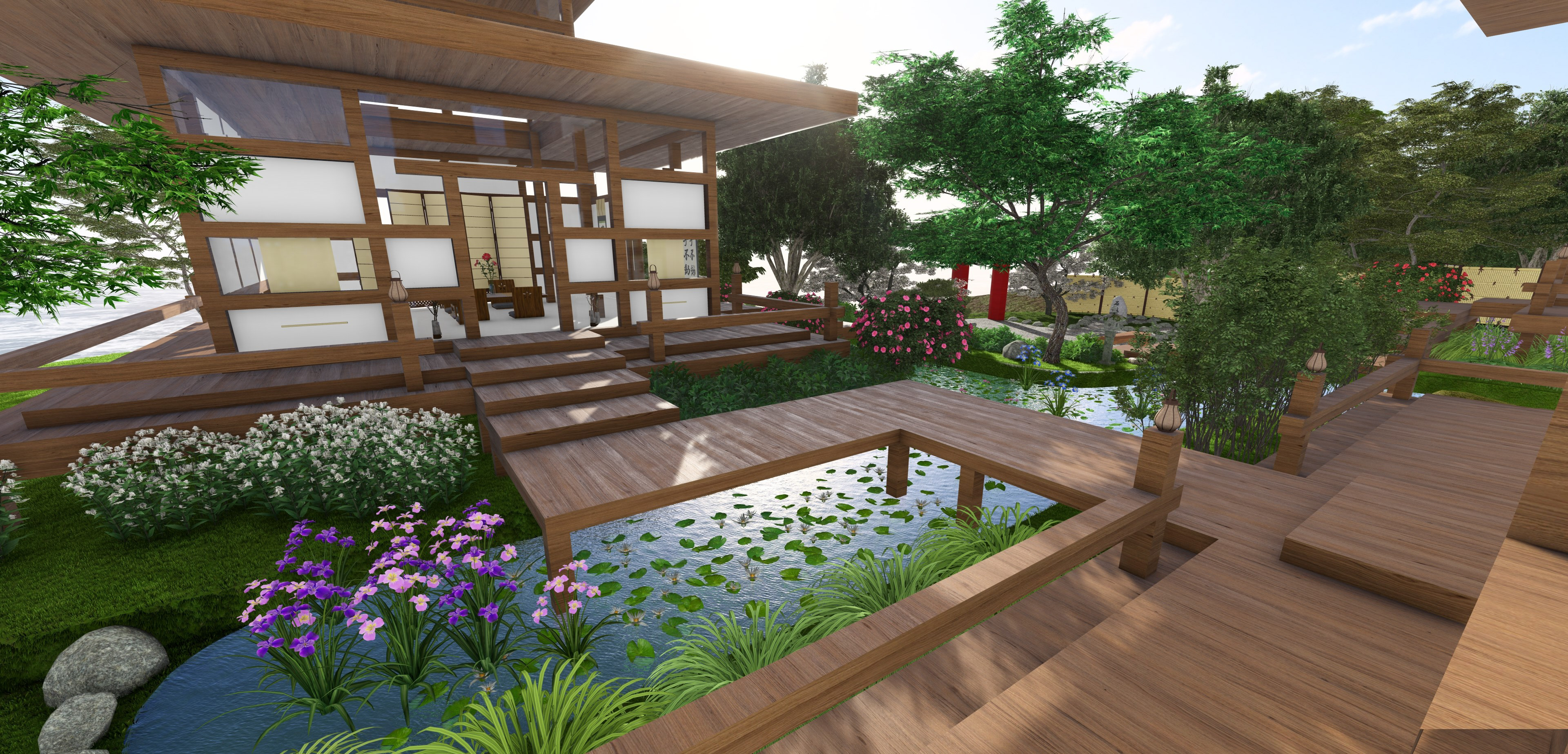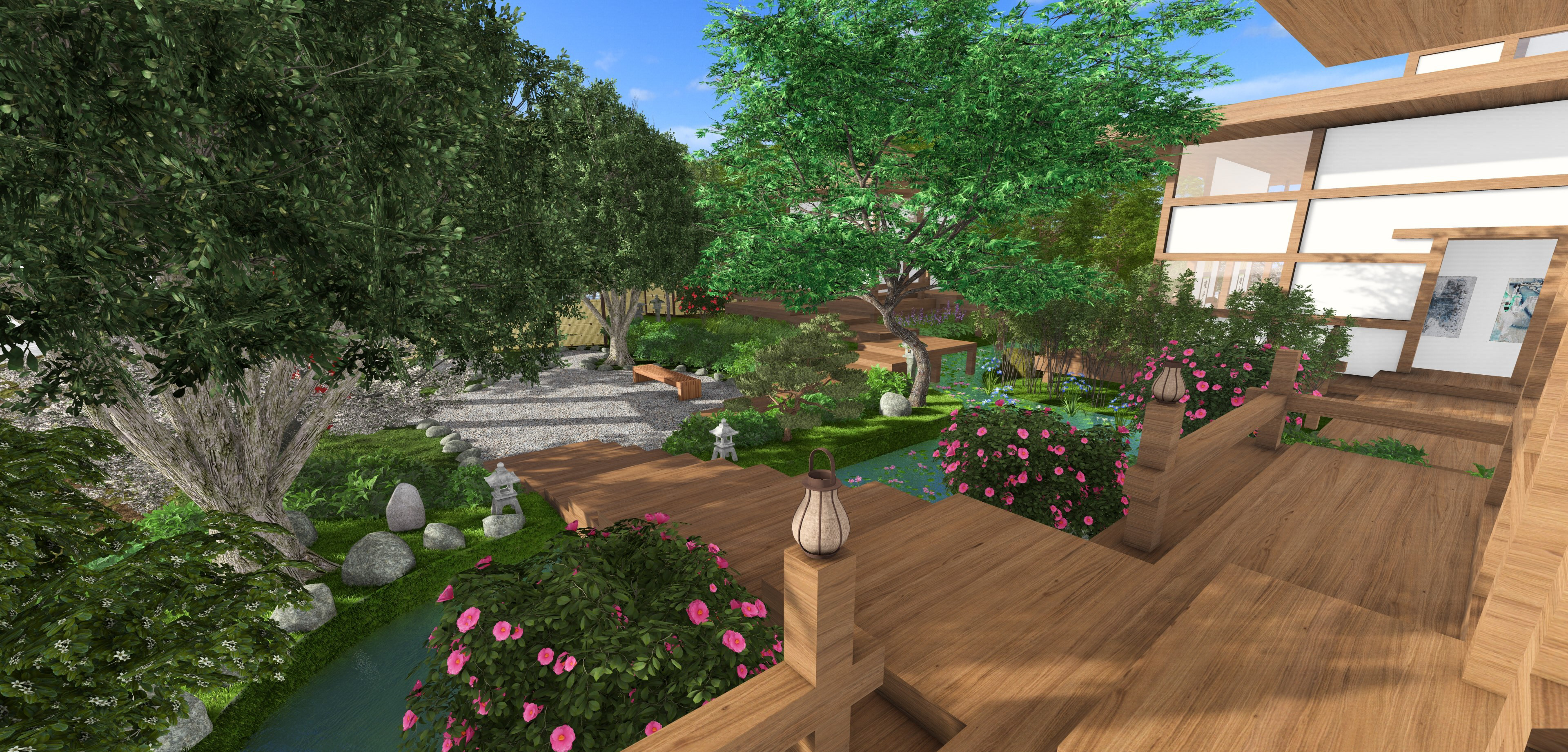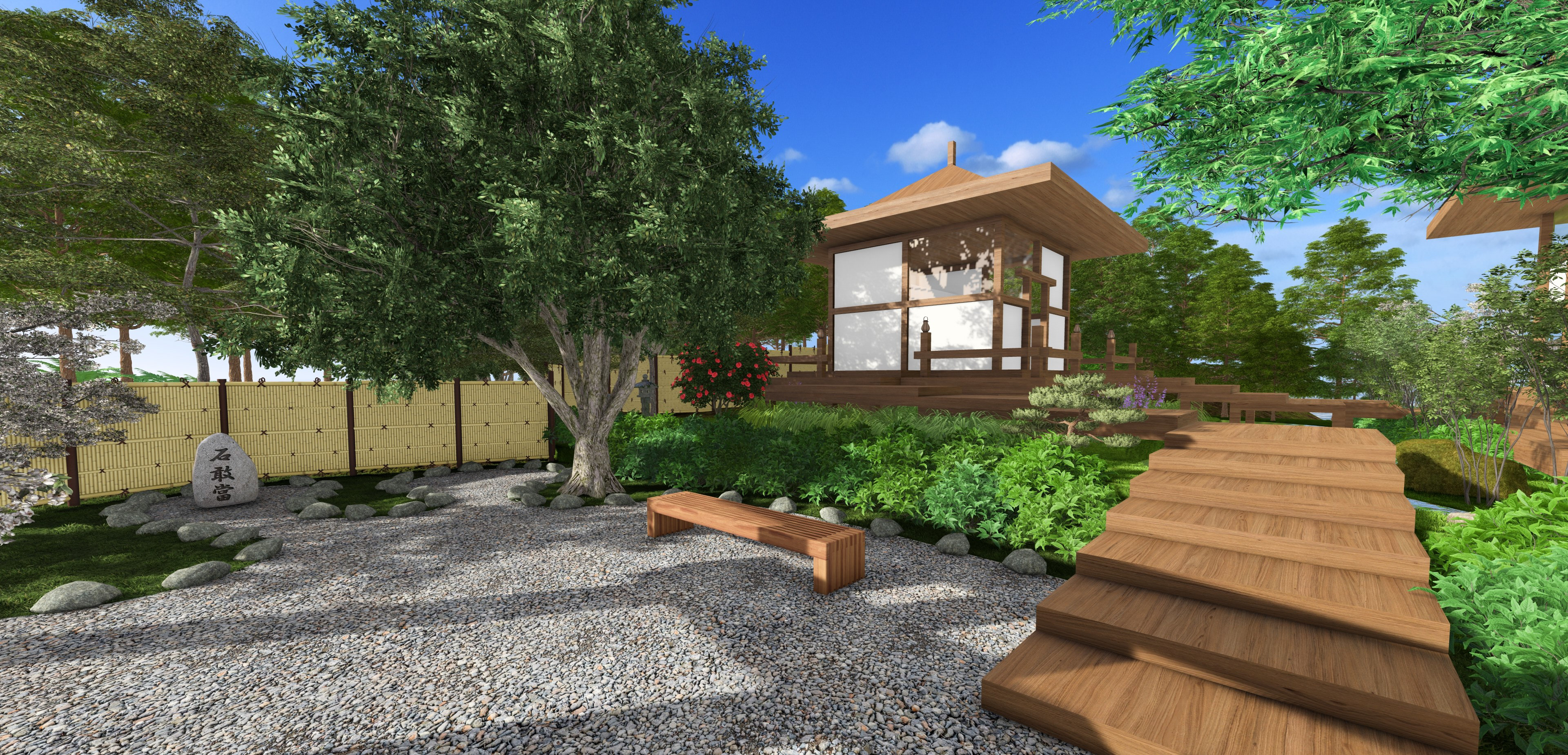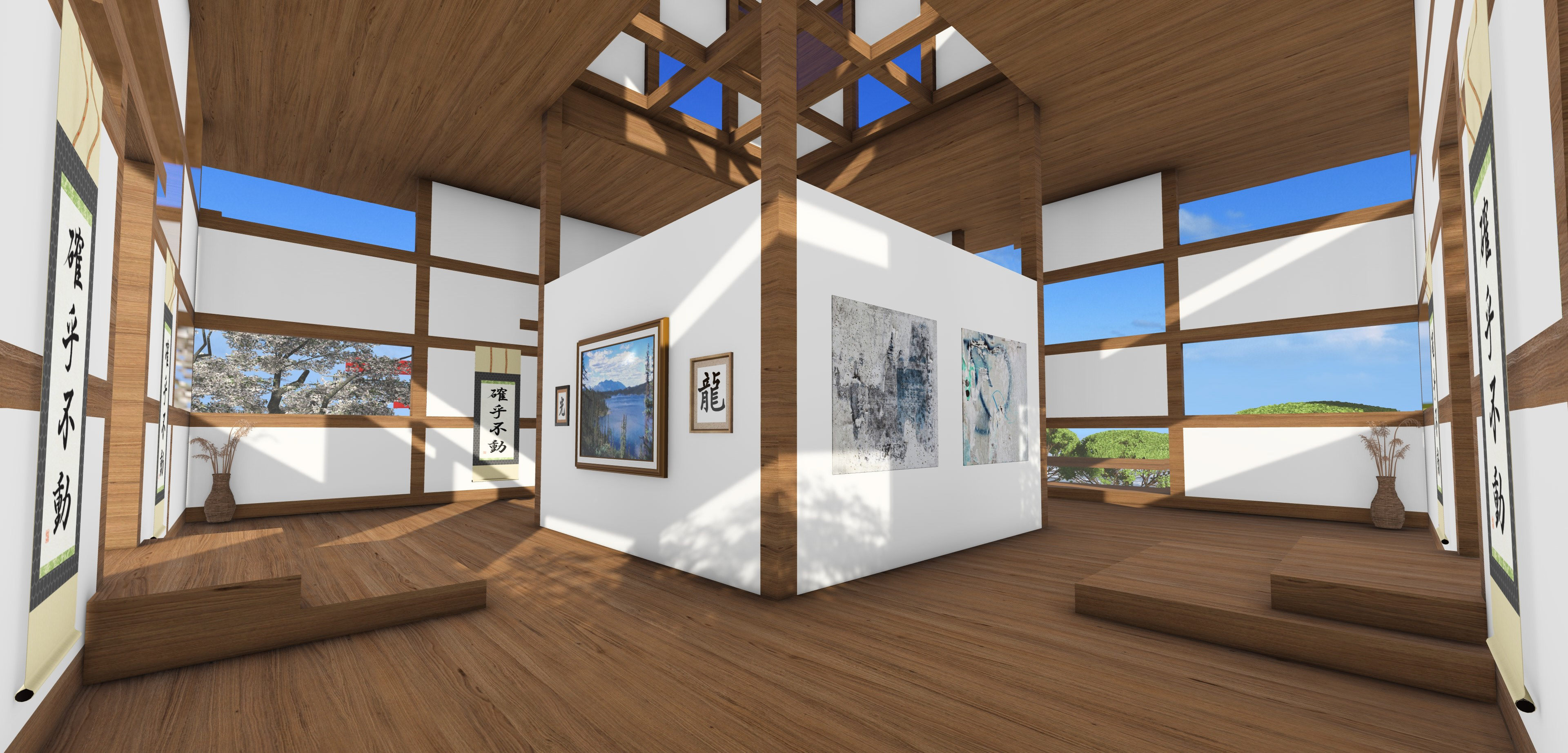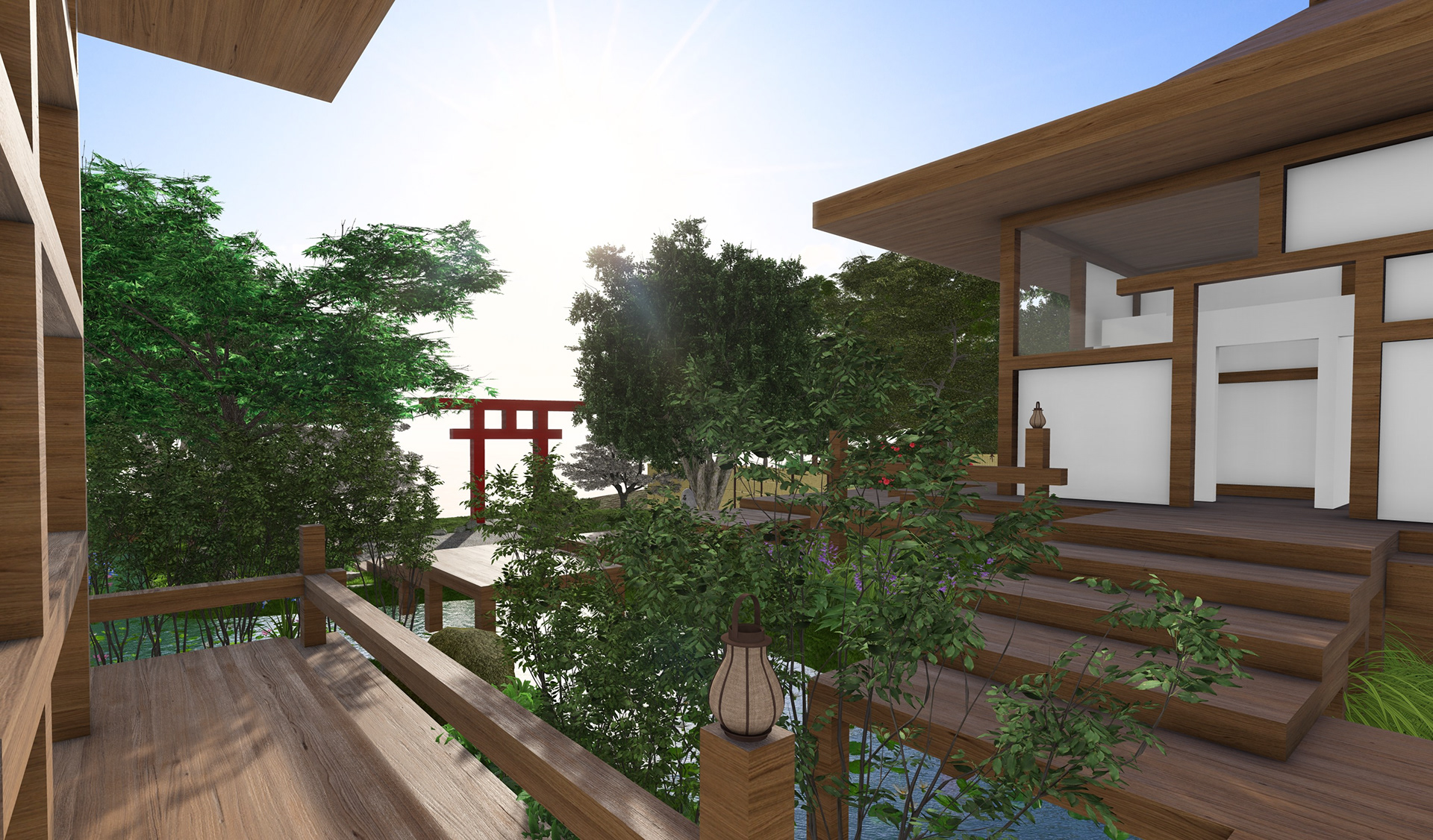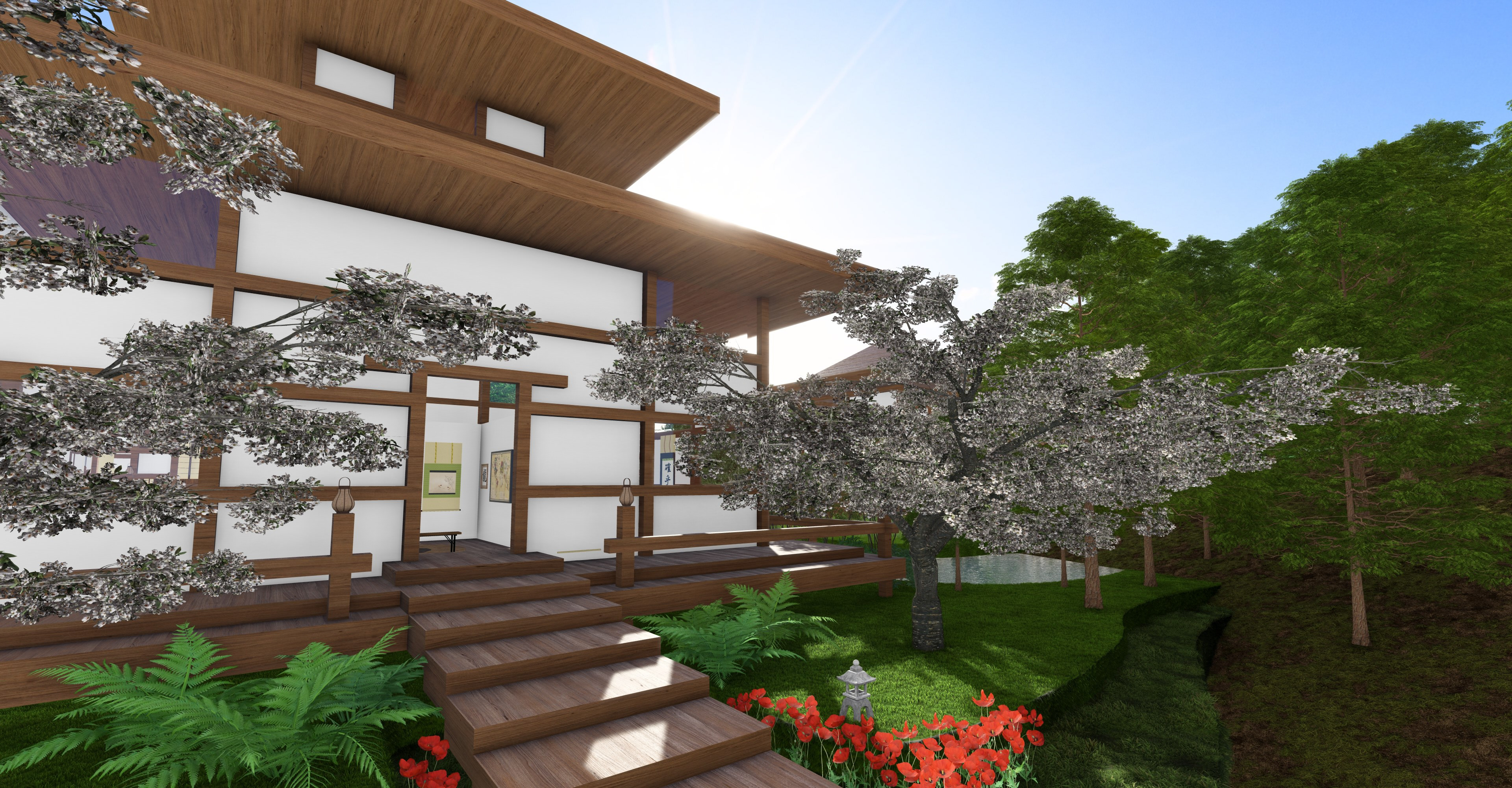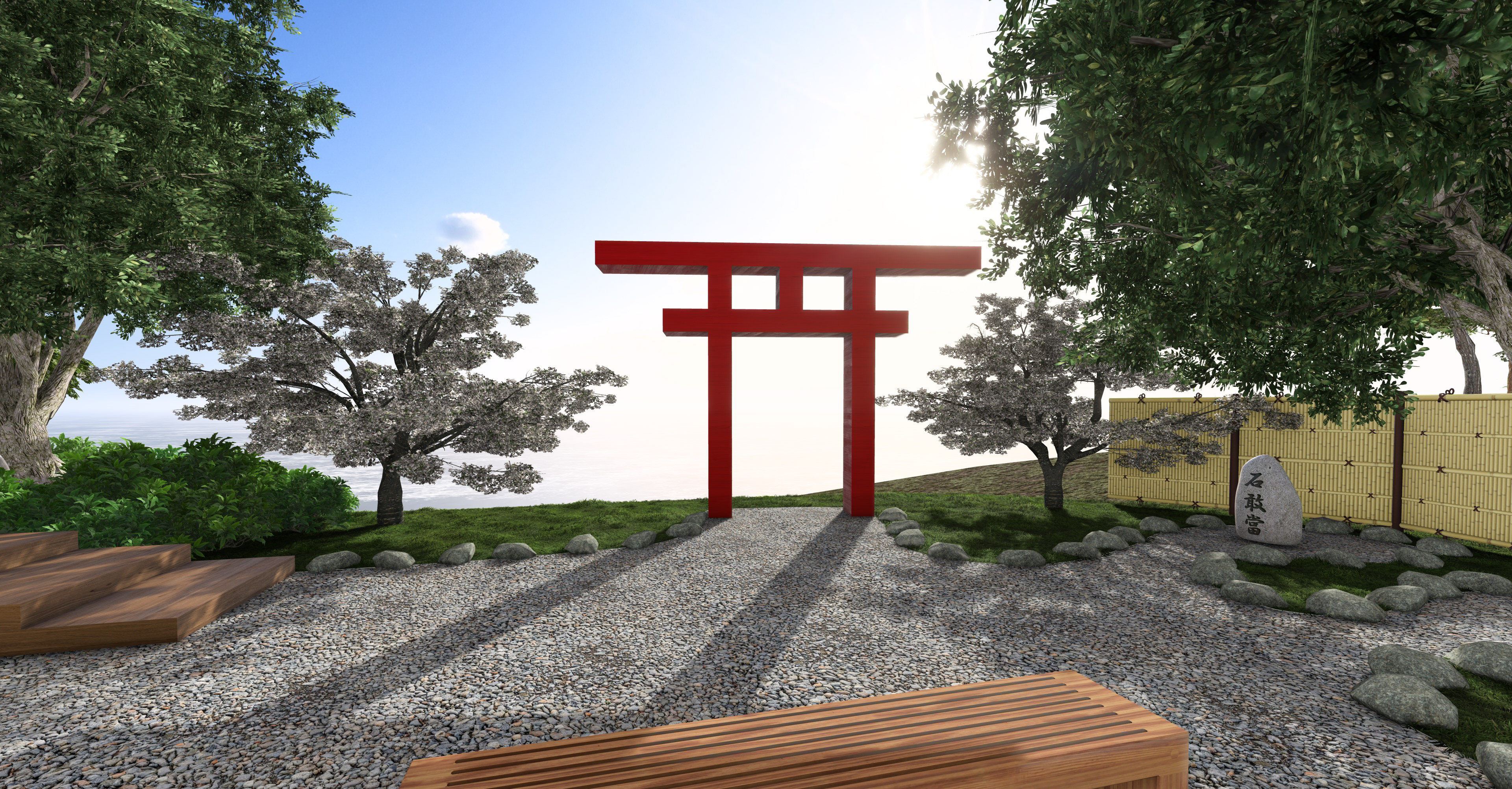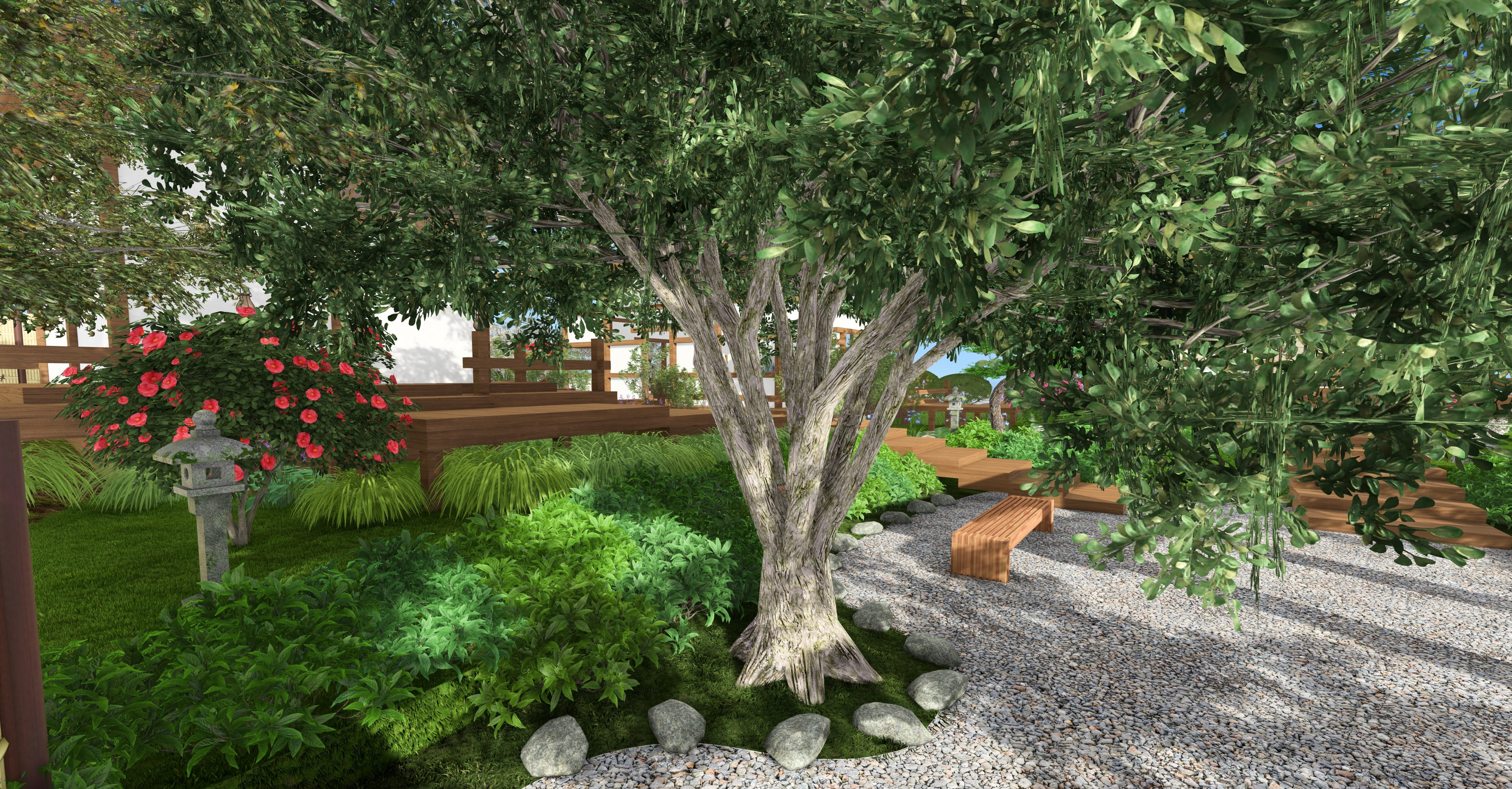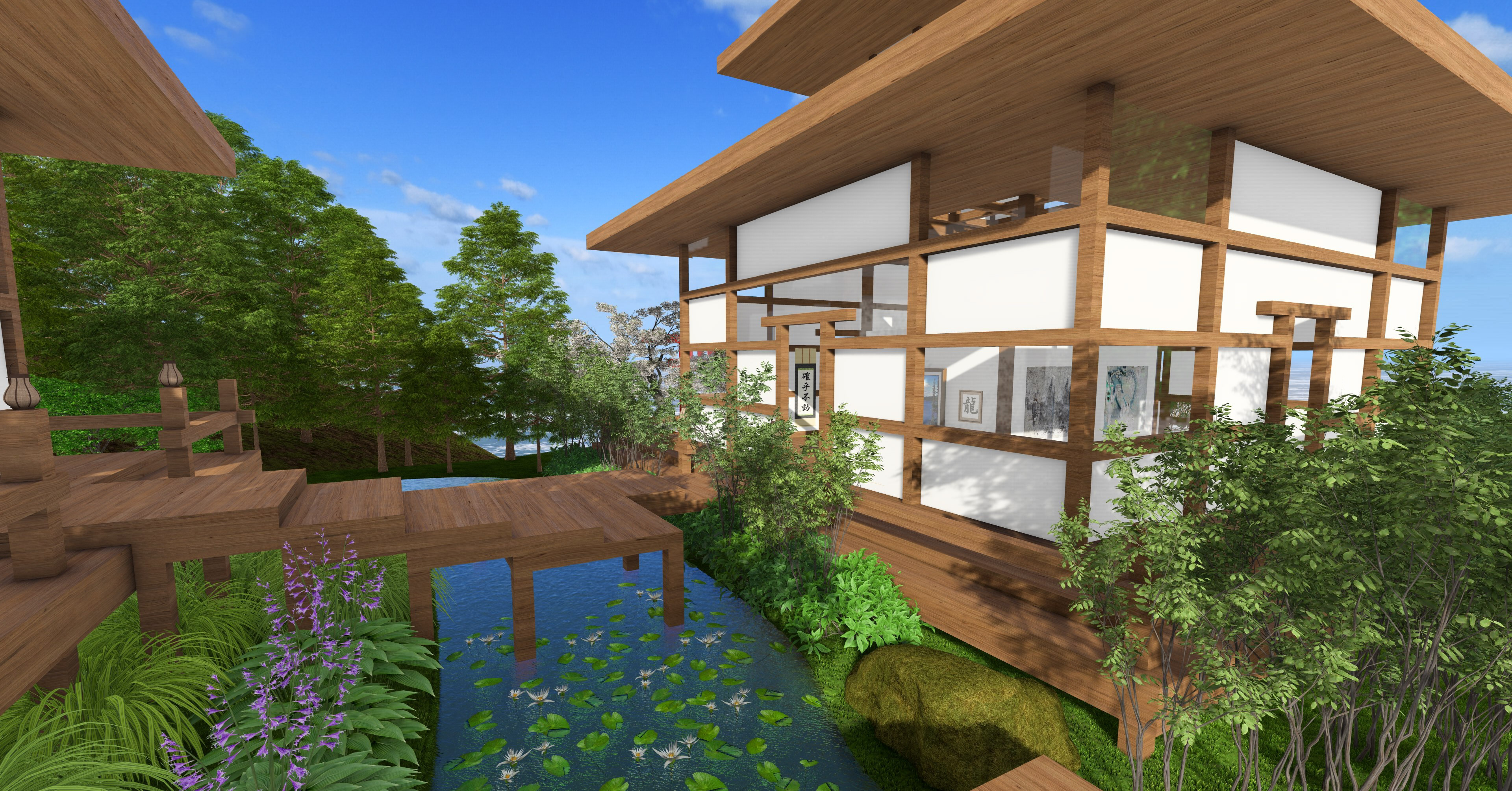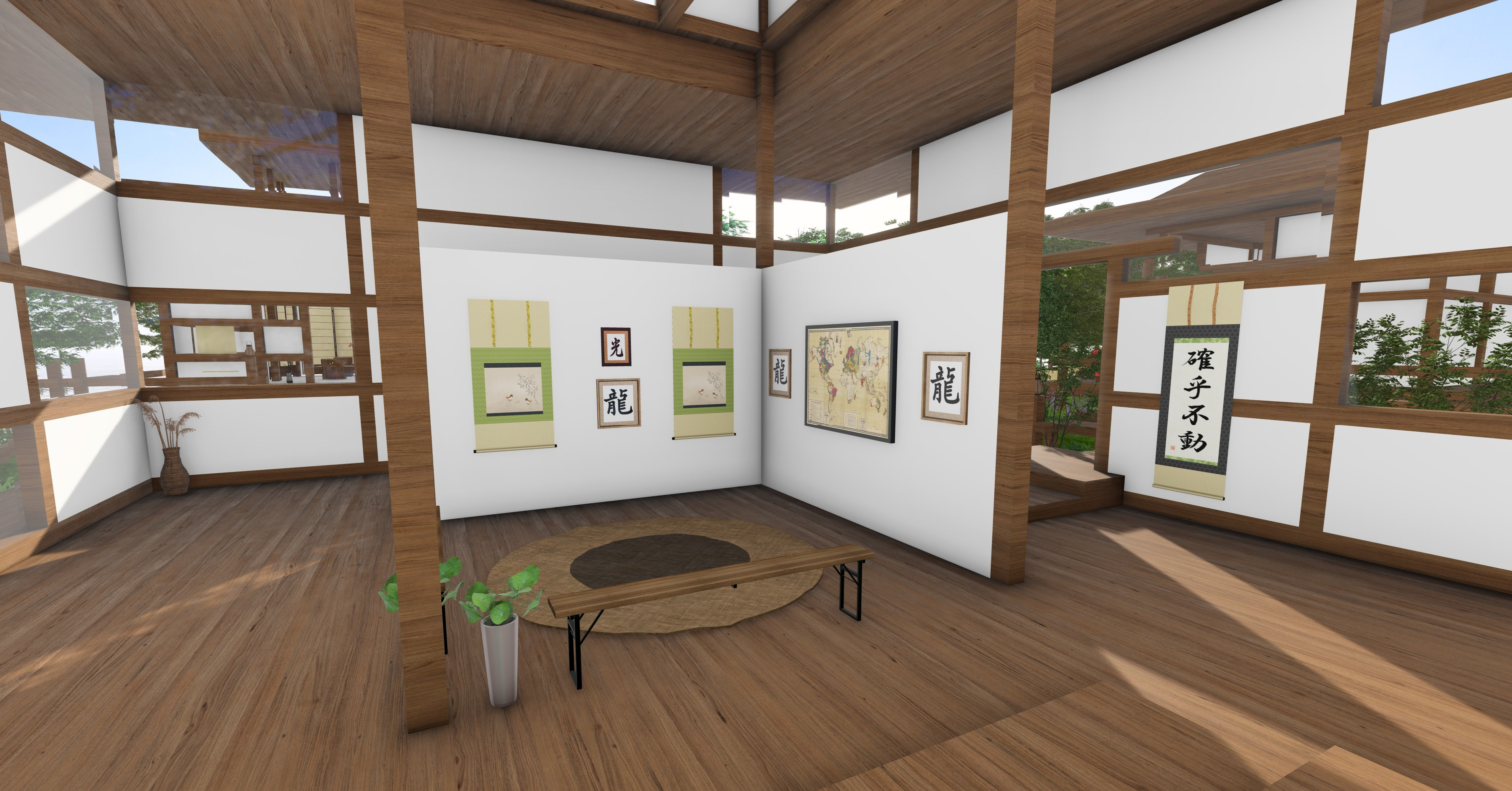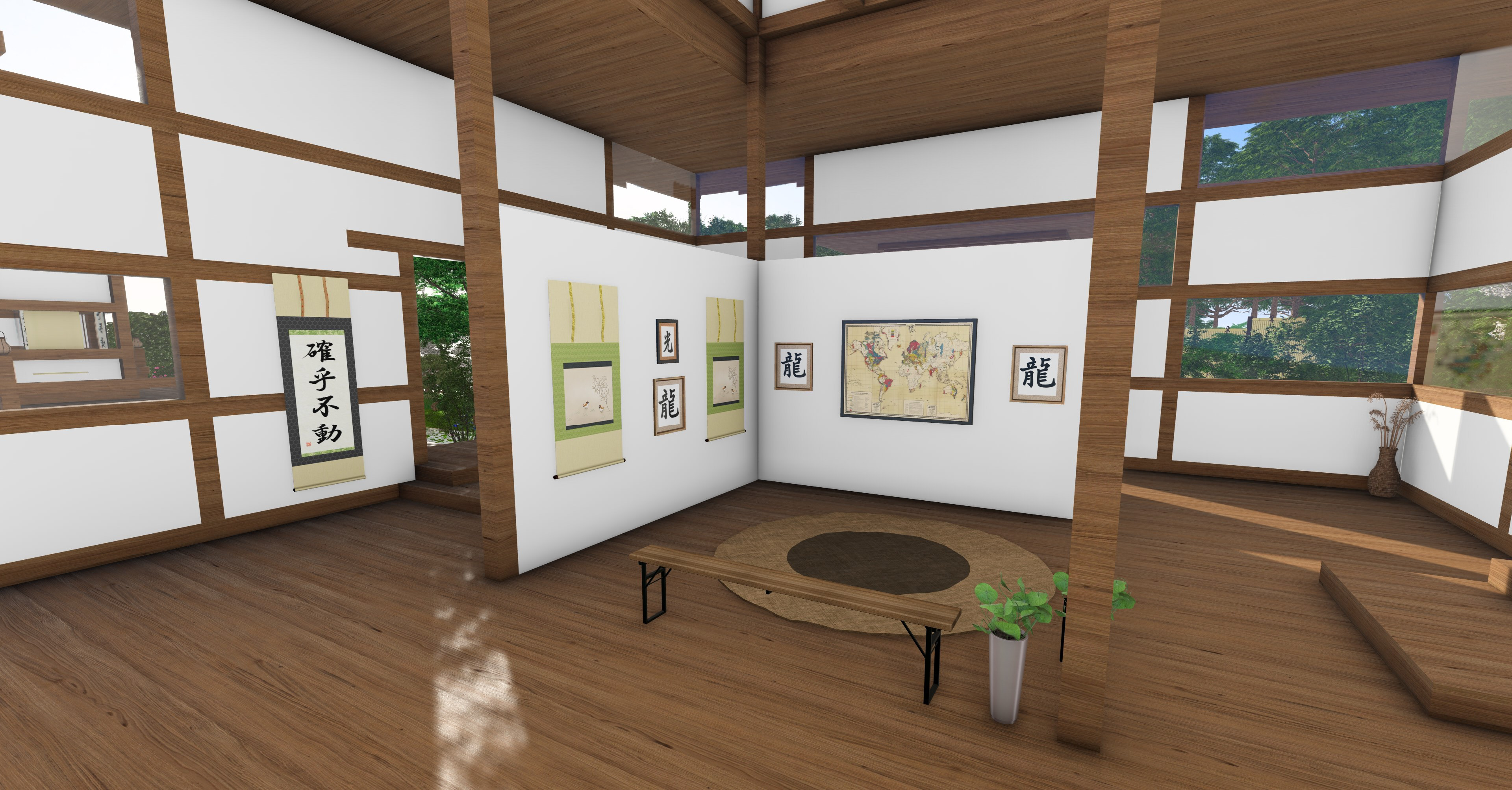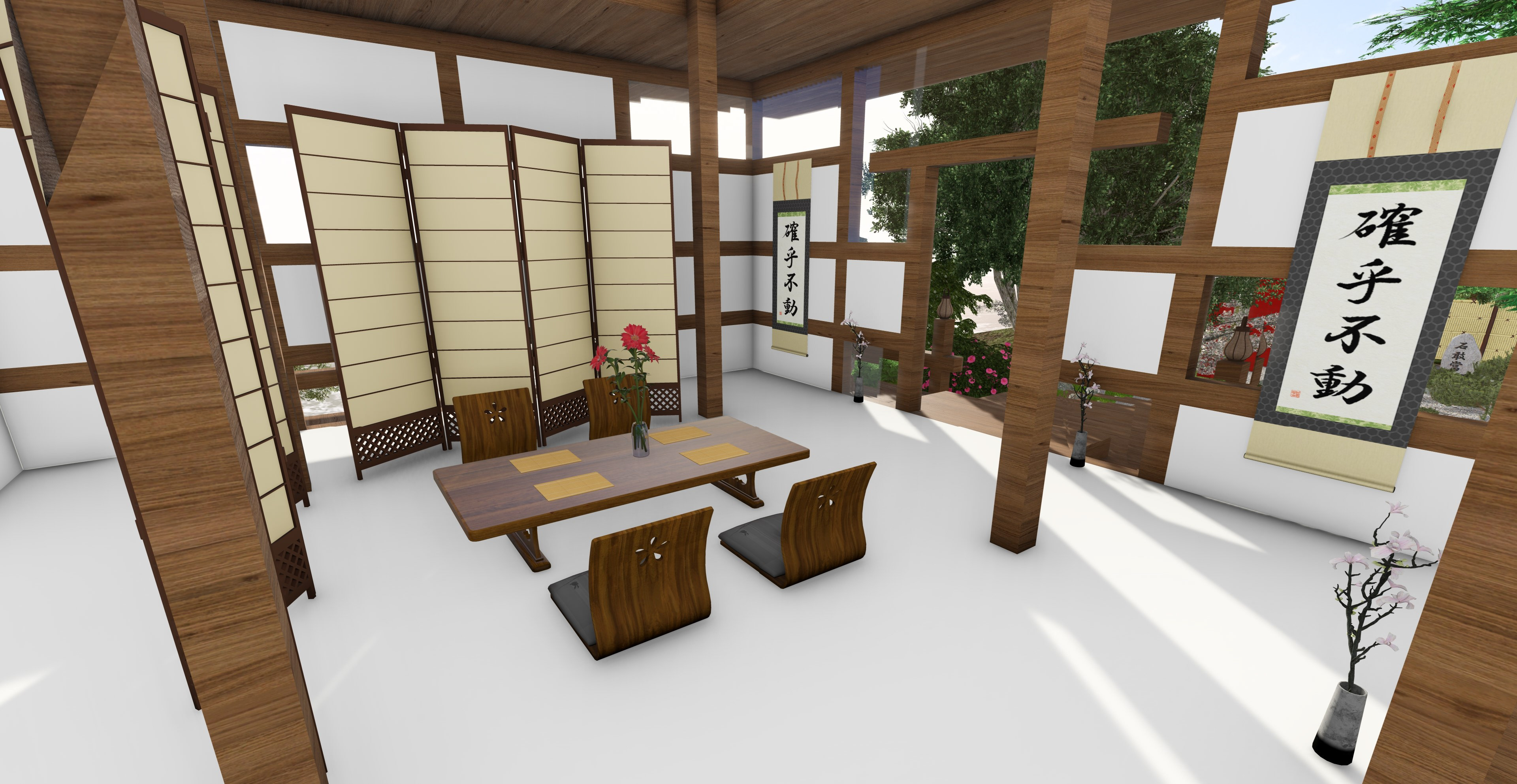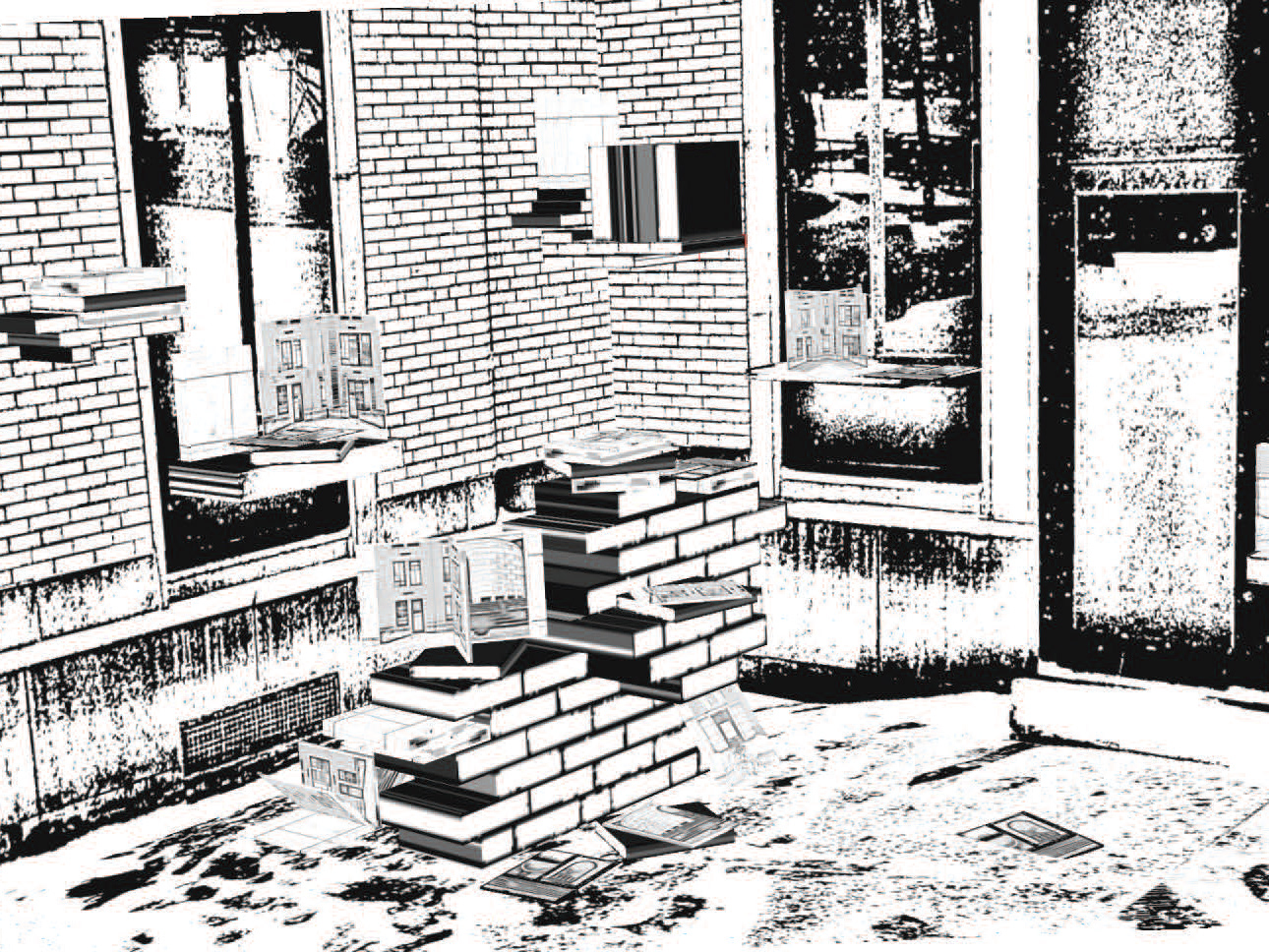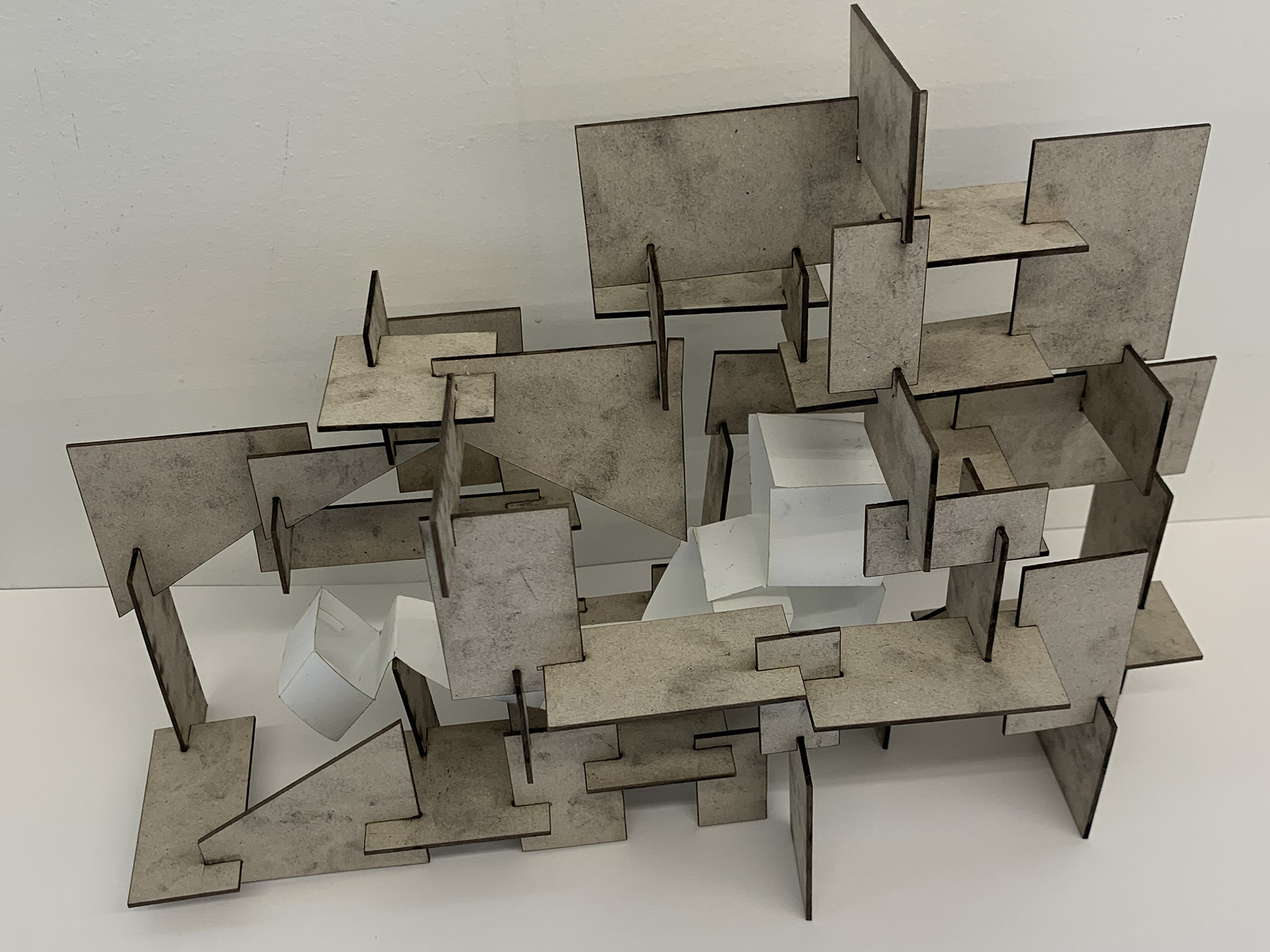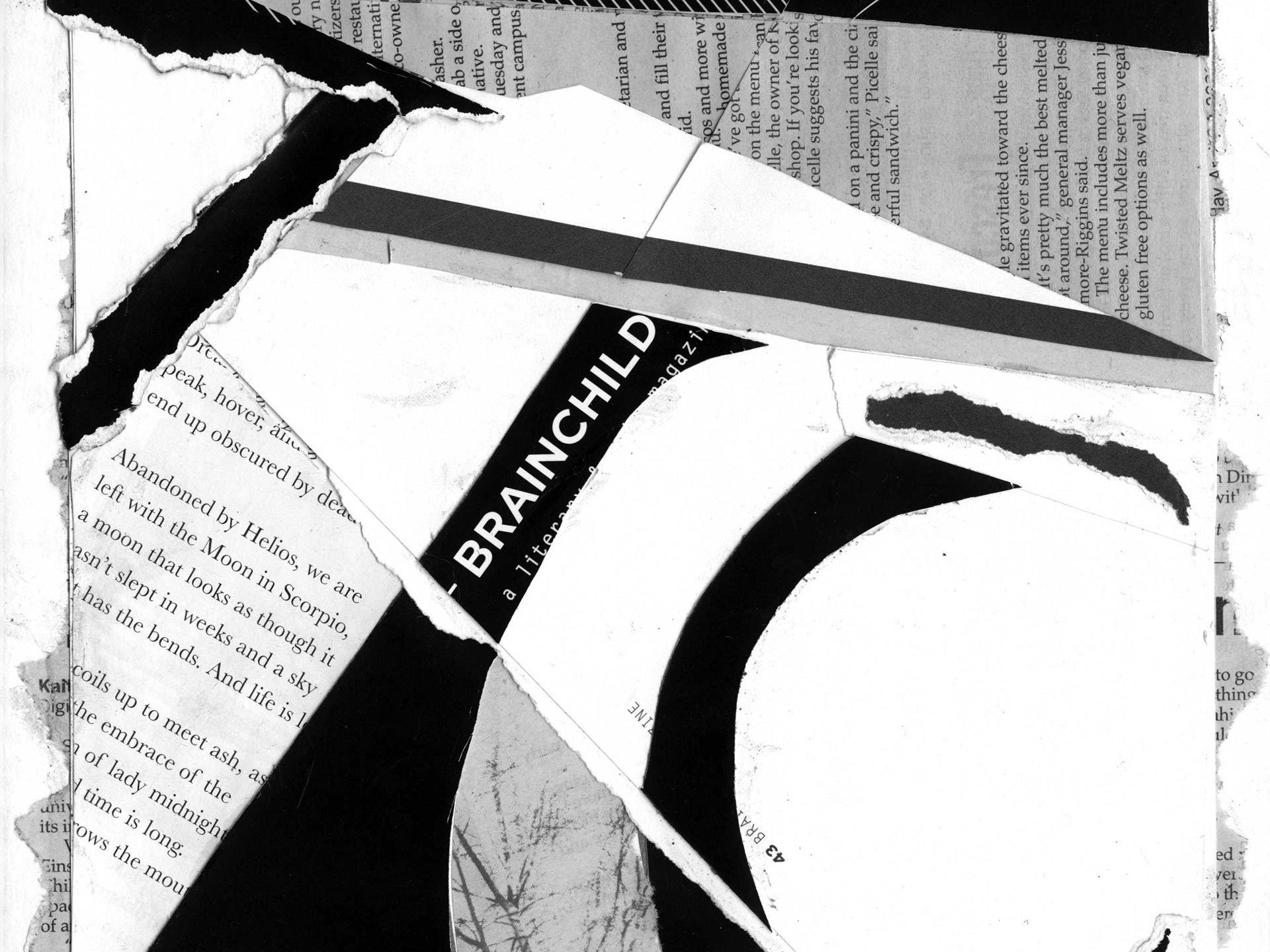This studio focused on creating a landfill and designing an architectural piece within the landfill.
I wanted my site to relate to some historic disaster with a surplus amount of waste and no place to go. Previous research inspired me to create a landfill that remembers the Tohoku Tsunami disaster in Japan in 2011. I decided to form a proposal to transfer all the damage and waste to an island where it is safely stored and reused. The structural waste goes into creating the paths that go throughout the site. The miscellaneous waste goes into creating artificial landforms (shown in the pinkish red) that correlate with the already preexisting site. The site is mainly rocky mountains, but there are some areas where vegetation can grow and thrive.
Along the 2-square-mile site, there are multiple trails (shown in bright red) and areas for fishing, swimming, cliff jumping, sightseeing, and more.
Additionally, there is a shrine in the middle of the site dedicated to spreading awareness about the Tohoku Tsunami, arguably one of the worst Tsunamis in human history. The site itself rests on the highest point that a person can reach. Getting to the site is a significant hike, but the trails are large enough to be driven on by a small vehicle. The intention was to have the average person hike through the site and then rest and reflect in the memorial.
Within the shrine, there are three buildings: the main museum, a dining and meditation building, restrooms, and an outdoor area.
The main building is a museum and an art gallery. It features information regarding the history of the Tohoku Tsunami. It shows where the tsunami hit, the damage and destruction, some events that happened, and other key facts. It also shows the aftermath of the destruction, including how the waste was transported there.
The second building has many purposes and adapts to the occasion. It is usually cleared out during large gatherings, and nothing is kept in there. In smaller situations, dinners can be held here or also cleared out for meditation. Screens can seclude people if they are eating or meditating.
The third building is a simple restroom. There is nothing inspiring or exciting about the function, but it is essential to have a restroom, especially after long hikes.
The outdoor area features beautiful plants native to Japan, such as cherry blossoms, elms, cypresses, pines, ferns, poppies, irises, lilies, and more. There are two stone paths to the side of the Torii gate for meditation and reflection. The lighting is based heavily on natural light from the sun. It also included lanterns for the night. Like traditional Japanese landscape architecture, it should feel wild and neatly maintained.
There are two torii gates, one of the most well-known Japanese structures. The first is at the entrance, symbolizing the crossing between the threshold of the mundane life and the spiritual realm of the shrines. After a long journey of hiking, traveling through the Torii gate is supposed to feel spiritually moving. This experience is supposed to be calm and serene to combat the harsh tone of the tsunami disaster.
